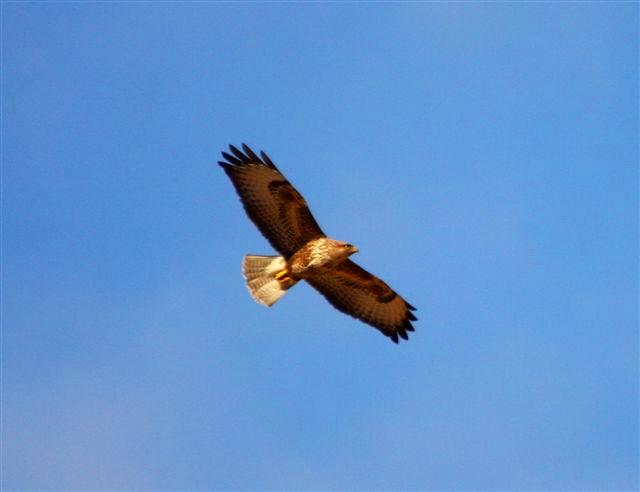Sickleholme Nature Notes
A few snippets from December based on members’ observations or questions. One of the latter referred to surprise at clouds of “mozzies” seen during quite cold weather. These will have been Winter Gnats in display flight; harmless creatures that do not bite, and which will form part of the food chain.
Bird song was also mentioned, and two species have been regularly heard. Robins have a special winter song which is partly about territory and partly to impress females, whilst Mistle Thrushes are the first of the thrushes to sing and females can be on eggs by late February. Both species breed at Sickleholme.
Paul Beeson and Paul Ince reported Nuthatch sightings and earlier in the year we had at least four males holding territory around the course. If you see one, then you will have noticed that it moves down a tree headfirst and even when on feeders it prefers to be “upside down”. Almost the opposite of our Treecreepers which work up a tree, but in a spiral, before dropping to the bottom and starting the same upwards spiral. Small birds frequently form flocks in winter, which aids both protection and food searches. On the 12th of the month, I saw around 20 Goldfinch and 16 Long-tailed Tit in tight groups.
There were several Red Kite sightings and up to four Buzzards were regularly observed, being presumably the family party that bred in the central woodland near the 14th tee. Late in the year raptors such as Buzzards can look very ragged, as they moult feathers, and Paul Ince reported one that had so many missing secondaries that it seemed not to be able to soar. Unlike this month’s photo image which was taken in late April when the bird was in pristine condition.
Flora can be scarce in December but there were a few Primroses in flower, a Common Daisy was noted and Gorse which can flower in any month of the year, and is a species that I look for on New Year’s Day.
Every best wish to all for a happy, healthy and wildlife filled 2025.
Bryan Barnacle

Common Buzzard

